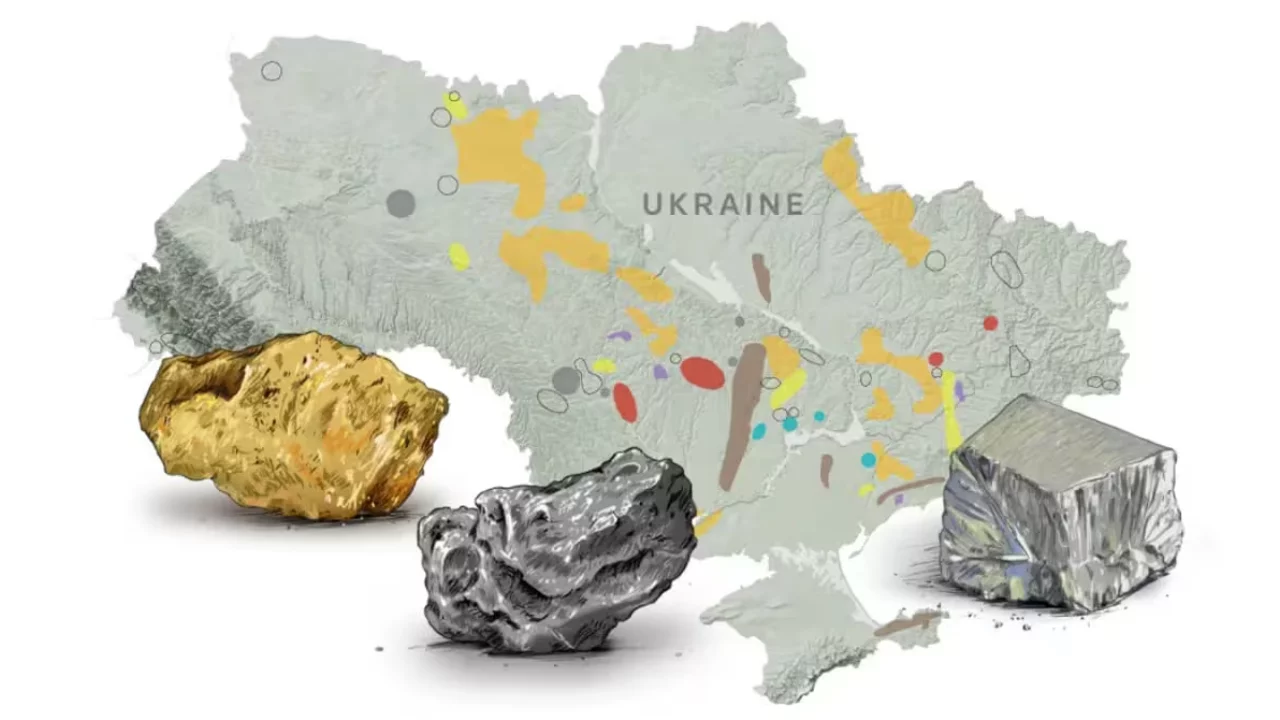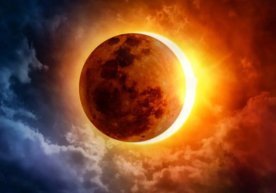
The conflict between Russia and Ukraine continues not only on the political and military fronts but also over strategic resources. On June 26, the Russian Ministry of Defense reported taking full control of the village of Shevchenkove in Donetsk Oblast. This was confirmed on maps by the DeepState OSINT project, associated with Ukrainian military sources. Crucially, this area contains one of the world's largest lithium deposits, discovered in 1982.
Lithium — the “white oil” of the modern economy — is used in batteries, electric vehicles, and electronics. The Shevchenkove deposit covers about 40 hectares. According to the National Academy of Sciences of Ukraine, this spodumene-rich resource (over 90%) can yield lithium economically without large investments, making it one of the most profitable lithium sources worldwide.
Beyond lithium, the area also contains valuable elements — tantalum, niobium, beryllium, cesium, and rubidium. With global demand for batteries and electronics rising, the strategic importance of the deposit is growing.
To date, Russia controls two of Ukraine’s four main lithium deposits — Shevchenkove and Krutaya Balka in Zaporizhzhia Oblast. The remaining two — Dobra and Polokhivske in Kirovohrad Oblast — are more costly to exploit due to their pegmatite composition. Ukraine’s lithium reserves amount to approximately 500,000 tons, but none of the deposits were operating industrially prior to the war.
In recent months, international interest in lithium resources has intensified. In April, Ukraine and the United States signed a memorandum for joint resource development and investment. A new investment fund is to be established, with proceeds directed toward reconstruction and new projects. In June, Ukraine initiated the licensing process for private companies at the Dobra deposit.
The New York Times reports one potential investor could be 81-year-old American billionaire Ronald Lauder, head of the World Jewish Congress and close friend of Trump. Thus, Donetsk and other Ukrainian lithium deposits are becoming objects of interest not only for governments but also for major investors and geopolitical groups.
In conclusion, the struggle for strategic raw materials in Donetsk is becoming central to significant economic and political maneuvers. Who will ultimately inherit Ukraine’s lithium reserves? The answer may reshape the region’s geopolitical landscape in the coming years. Read “Zamin” on Telegram!
Ctrl
Enter
Found a mistake?
Select the phrase and press Ctrl+Enter Related news
Information
Users of Меҳмон are not allowed to comment this publication.
Users of Меҳмон are not allowed to comment this publication.














